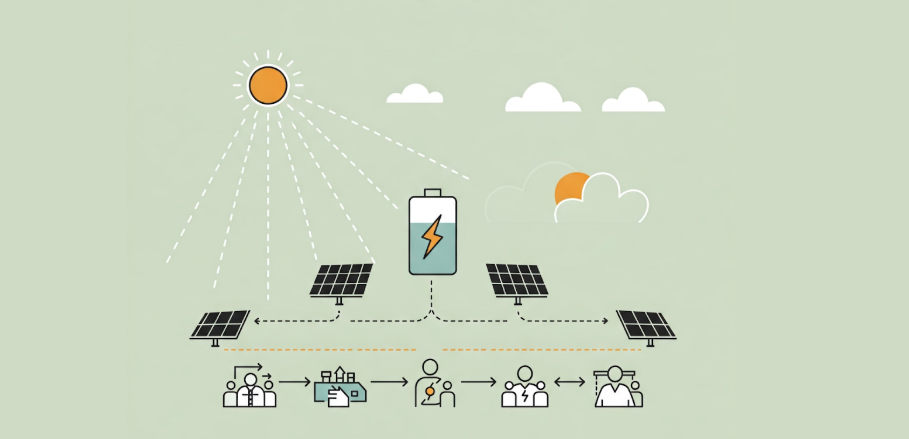Recently, Intelligent Generation participated in a ComEd technical workshop whose organization was mandated under CEJA., regarding deployment of a Distributed Energy Resource Management System (“DERMS” for short)DERM efforts by utilities have been around for a few years; What was new and refreshing was ComEd’s genuine effort to involve all stakeholders in a co-creation effort rather than promulgating new rules top down.
Today, most interconnection requests are studied against a worst case grid congestion scenario that may only be true a few days in the year; all too often the result is over-engineered infrastructure upgrades that can take years to build and price a project out of existence. The fundamental promise of DERMs is this: if developers allowed the utility to remotely curtail solar production during times of feeder thermal overload risk (as measured in real time conditions), but less than about 5% of the time, then less upgrades would be necessary. This leads to a better utilization of the existing infrastructure, less costly upgrades and better societal outcomes. Individual solar projects may produce a little less, but many more projects get built.
Behind this simple and laudable principle sits a devilish long list of practical complexities. Among them: how should the existing spare grid capacity be distributed: first project applies, first served ? distributed equally to everyone in the application queue? What technical protocols for the utility to shut off the solar plant temporarily? Duration caps? What are the related cybersecurity risks?
David Braun, IG’s VP-Sales and Marketing, and Marc Thrum, IG’s COO, came away excited about ComEd’s strategic vision.. And here’s where we see a real game-changer: the integration of battery storage.
Battery storage presents a fantastic opportunity to optimize the utilization of solar energy, especially from community solar projects. Instead of simply curtailing generation and potentially wasting valuable clean energy, adding battery storage allows us to capture and store that energy for later use. This ensures that the benefits of solar are fully realized.
ComEd has already been testing its DERMS system on a few substations on its grid, including one with a battery-based microgrid at one of IG’s key customers, G&W Electric. The next step, and the subject of the workshop, is how to roll it out to more locations and eventually all of its distribution grid.
ComEd’s proactive approach to DER management demonstrates a clear understanding of the evolving energy landscape. They’re not just reacting to changes; they’re anticipating them and developing innovative solutions to ensure a reliable and sustainable energy future for all.
We commend ComEd for their leadership in involving the rest of the industry players in this initiative and look forward to collaborating with them as they continue to pave the way for a smarter, more efficient grid.. This is the kind of progress that will drive the energy transition forward. We at Intelligent Generation are excited to be a part of it.
